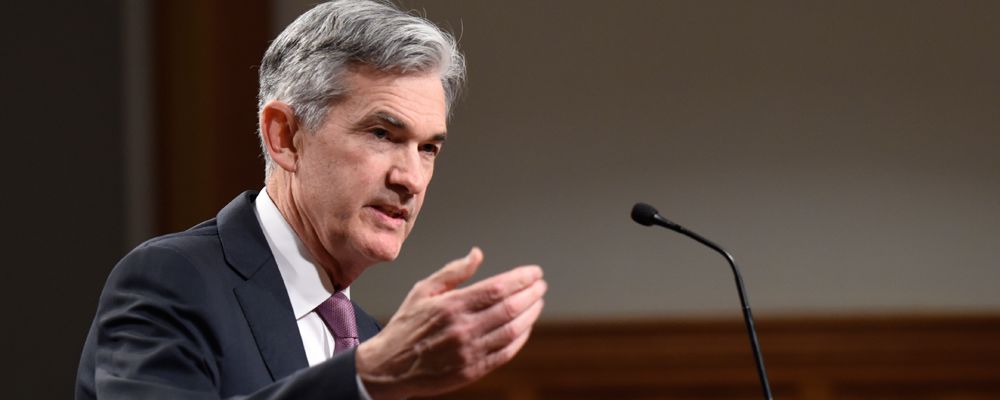A mistake by the Fed affects everyone
- Wednesday, December 18, 2019
 In late November, US stock markets hit new highs, buoyed by the Federal Reserve cutting interest rates, trade deal optimism, improved Q3 earnings and positive job growth numbers. The rise in stock values was a result of the Fed cutting interest rates for the third time this year. We have now seen a 0.75% reduction in US interest in 2019.
In late November, US stock markets hit new highs, buoyed by the Federal Reserve cutting interest rates, trade deal optimism, improved Q3 earnings and positive job growth numbers. The rise in stock values was a result of the Fed cutting interest rates for the third time this year. We have now seen a 0.75% reduction in US interest in 2019.
Many investors interpreted the first Fed rate cut of 0.25% back in July as a warning of an increasing risk of a recession. July’s rate cut pushed 10-year yields in developed markets’ government bonds to all-time lows, including UK gilts. The Fed’s September rate cut gave analysts far greater confidence that the Fed would act ahead of markets and be willing to take supportive action early.
On October 31st, the Federal Reserve Chairman Jerome Powell announced an earlier than expected further 0.25% cut in US interest rates. He also indicated that any future rate reduction would require a ‘material re-assessment’ of the economic outlook. This was interpreted to mean that the Fed had done what it needed to cover the risk of a serious downturn in the US economy. There is still pressure on corporate profit margins and any impact this may have on future job growth numbers will be watched by the Fed.
Jerome Powell was optimistic over a Phase 1 trade deal with China and felt that other risks were also subsiding. The previous two rate cuts this year have already helped certain sections in the economy sensitive to borrowing costs such as housing. This latest rate cut will take some time to be felt.
There is an expectation that the Fed may cut rates twice more in the first half of 2020. This is a complete reversal of Jerome Powell’s position in October 2018 when he predicted three rate rises in 2019. This was taken as a policy miscalculation as markets subsequently sold-off. The actions taken by the Fed since show that market expectations were correct.
Stock markets have also responded positively to the Fed returning to its quantitative easing (QE) policy. The Fed has re-started buying US$60bn per month of US short-dated treasury bills to pump cash into the US economy. This QE programme is aimed at the repurchase market used by banks and corporations to trade bonds for cash overnight.
The cut in interest rates and the restarting of QE is likely to result in a weaker US$. President Trump wants to lower the value of the US$ to support US exports and US$ denominated debt holders. But the consequences are that both equity values and bond values are not rising on the basis of economic fundamentals and strong earnings but because of lower interest rates. The continued action of central banks has resulted in around US$14tn of bonds now paying negative yields. One third of new issues are sold with a guaranteed loss built into the coupon.
The Fed’s policy on rate cuts or rate rises has a major impact on the rest of the world as any mistake by the Fed affects everyone. The Fed’s policy influences currency exchange rates, interest rates and international flows of investment capital throughout financial markets. Some analysts think that Jerome has used up some of the ammunition that he may need later.

Chris Davies
Chartered Financial AdviserChris is a Chartered Independent Financial Adviser and leads the investment team.
About Estate Capital
Financial Services
Our Contacts
7 Uplands Crescent,
Swansea, South Wales,
SA2 0PA.
Tel: 01792 477763
